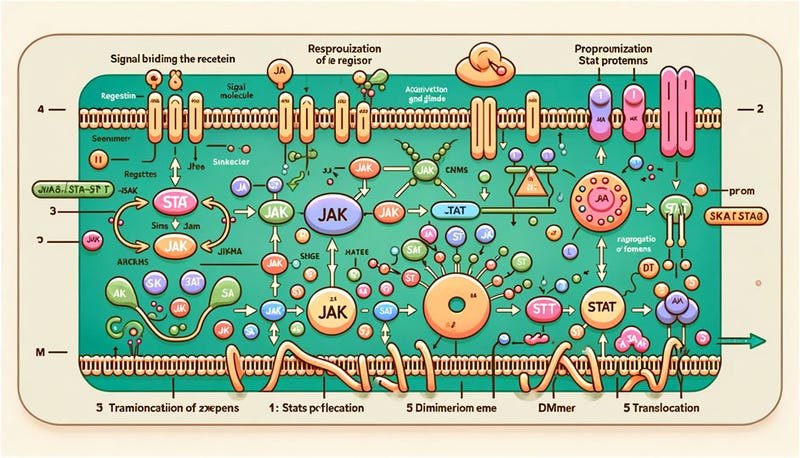Science journal publishes AI-generated ‘Rat Dck’ images
Discover how AI-generated "science" images fooled experts and made it into a prestigious journal. A tale of tech gone awry, raising alarms on scientific integrity.

Recent developments in the realm of scientific publishing have brought to light the use of AI-generated images in a study published by the journal Frontiers in Cell and Developmental Biology. The research, which delves into the interplay between mammalian testicular stem cells and a signaling pathway linked to inflammation and cancer, included images created by the AI tool Midjourney. While the text of the paper seems legitimate, the illustrations, which are meant to depict rat testes and cellular pathways, are both inaccurate and bizarre.
Scrutiny of AI-created figures
One particular image in the study shows a rat with various parts of its anatomy mislabeled with nonsensical terms. Despite the journal’s rigorous initial quality checks, these misleading visuals slipped through the cracks and were published. The researchers did acknowledge the use of Midjourney for image generation, but the journal’s policy on corrections suggests that such misleading figures should be amended. The co-author of the study, Dingjun Hao from Xi’an Jiaotong University, has yet to comment on the issue.
At first glance, some of the paper’s figures might seem plausible to those not well-versed in biology. However, a closer examination reveals that the labels are gibberish, a clear indication of AI’s involvement in their creation. This raises questions about the review process, as the paper was edited and reviewed by experts in the field of animal reproduction and nutrition.

The challenge of discerning AI-generated content
AI’s proficiency in generating content that appears credible is not to be underestimated. A study by Northwestern University and the University of Chicago found that experts were fooled by ChatGPT-produced scientific abstracts 32% of the time. This suggests that AI has the potential to disrupt scientific integrity if not used responsibly.
Alexander Pearson, a data scientist and co-author of the study on AI-generated abstracts, emphasized the potential benefits of generative text technology for science but also highlighted the need for careful consideration of its application.

Implications for scientific publishing
The ease of creating AI images, coupled with their visual appeal, has led to a surge in their use in scientific literature and media. However, the complexity of accurately representing scientific concepts in AI-generated diagrams poses a significant challenge.
The inclusion of such images in the recent study casts doubt on the entire research, distracting readers with glaring inaccuracies. This incident is reminiscent of past instances where nonsensical papers have slipped through peer review, highlighting the ongoing issue of “paper mills” producing worthless research. In one notable case, Springer Nature retracted 44 papers from the Arabian Journal of Geosciences in 2021 due to their lack of scientific validity.
While the research in question may be sound, the presence of Midjourney-generated images undermines the study’s credibility, leaving readers to ponder the veracity of the depicted signaling pathways amidst the confusion of the rat’s anatomy.



